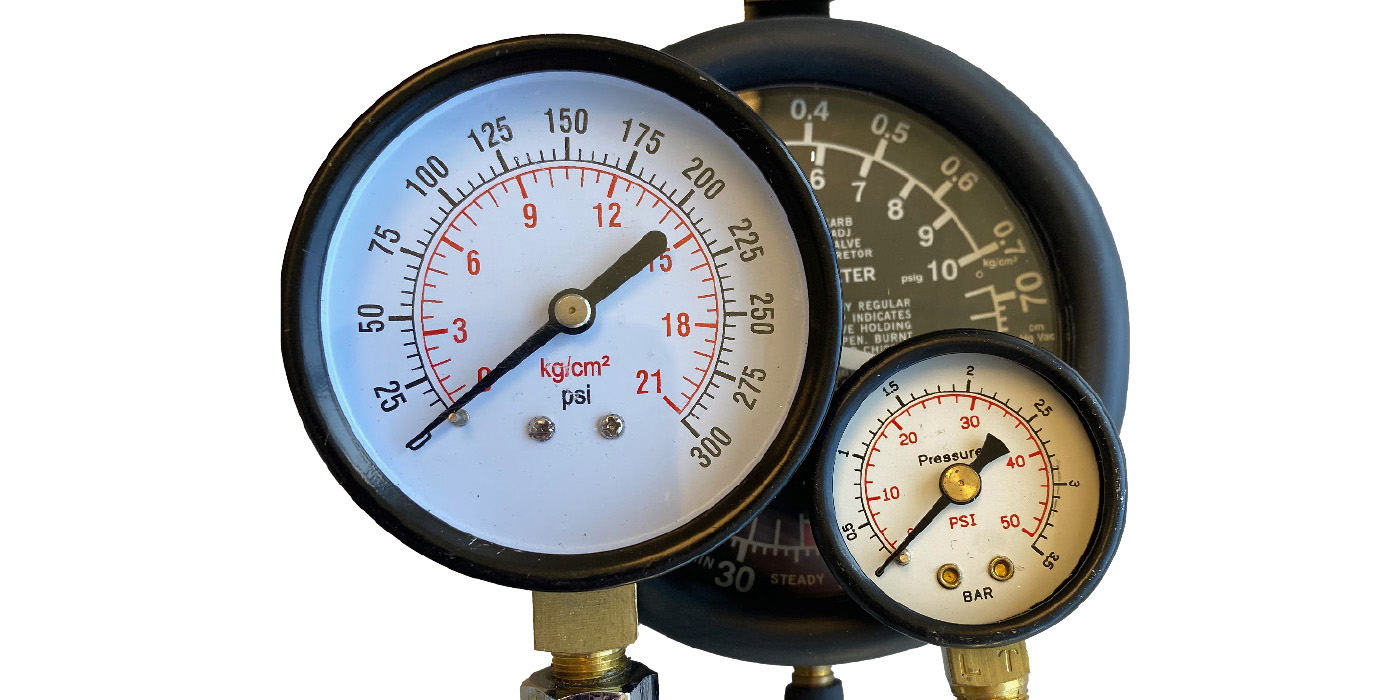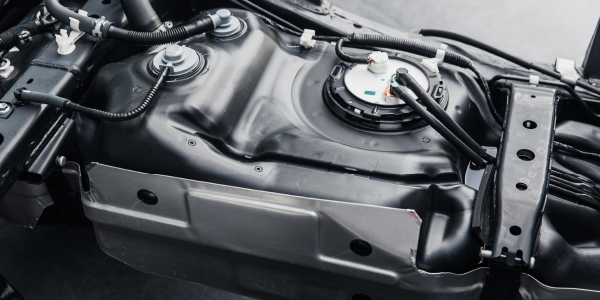
One of the most basic procedures when replacing a fuel pump – and often the most overlooked – is inspecting the fuel tank. If a vehicle gets 20 miles to the gallon, then more than 5,000 gallons of gas (from many stations) will go through the tank and fuel system in 100,000 miles. During this time, sediment, rust and debris from the pump can find its way into the tank. Removing all contaminants is critical so the next pump can last just as long.
When the majority of fuel tanks were metal, tanks could be steam cleaned and coated at a radiator repair shop. The reconditioning process would find leaks you might not be able to spot. But, many radiator shops are no longer in business thanks to aluminum radiators with plastic side tanks and environmental regulations.
With plastic tanks, corrosion inside the tank is eliminated, but there is always the chance that debris from the outside and remnants from the old fuel pump could still be in the tank. Also, customers still manage to lose their fuel caps. This is why one of the first inspection items when a pump has failed is to confirm there is a fuel cap. Often a customer will drive for months and even years without a cap. Even with capless systems on some Ford and GM models, dirt can still enter into the tank.
Your goal in cleaning the tank is to restore the environment inside the tank to the same state it was in when they put fuel in at the factory before it drove off the assembly line. There are replacement plastic fuel tanks on the market that are affordable.
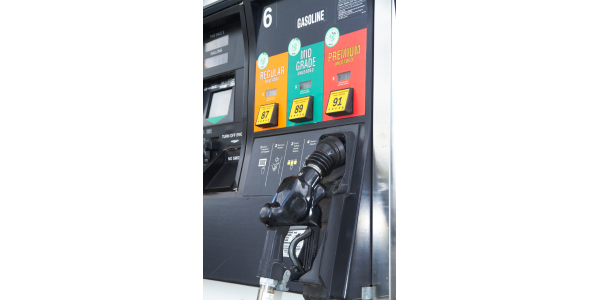
Filter Free
The typical older sock or strainer was designed to catch contaminates that are between 50-100 microns in diameter. Forty microns is the size of a human hair. A typical inline fuel filter can catch particles as small as 10 microns. The sock also has a limited capacity due to its small surface area.
Newer fuel systems use higher capacity socks and strainers that are more efficient. The goal with more modern pumps is to catch the contaminates before they have a chance to damage the pump. This has allowed manufacturers to get rid of inline fuel filters.
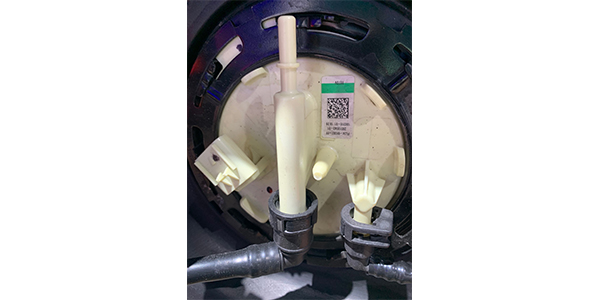
If a vehicle has a fuel filter, replace the filter after the pump has been replaced. It sounds simple, but this is often forgotten. The old filter can restrict flow and make the new pump work harder. Restrictions caused by a clogged filter makes for a hotter running pump because most modern systems use a pulse-width modulated voltage to the pump. If the engine management system is not seeing enough fuel pressure at the rail or the fuel trim is too lean, the computer will increase the frequency and duty cycle to the pump to increase fuel pressure.
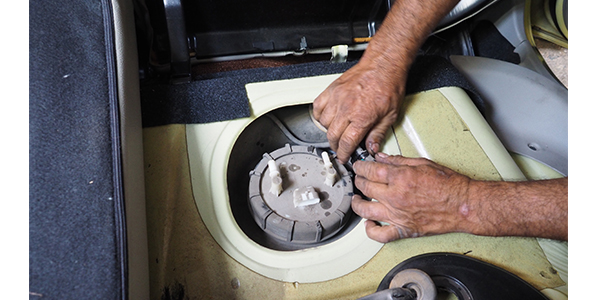
Bad Grounds
Bad grounds and connections can kill a new pump. Check the connector for any signs of thermal damage that may indicate there was a voltage drop or a circuit with high resistance. Do not assume the old pump caused the thermal damage. Bad grounds and circuits will stay with the vehicle and damage the new pump.
Many fuel pump manufacturers are including new pigtail harnesses for the vehicle in the box. For most of these applications, these harnesses are included not because they changed the configuration of the connector on the pump, but the replacement pump manufacturer knows that the original connector on the vehicle could have problems.
Post Pump
Filter the fuel before you put it back in the tank. If a fuel pump went through a full meltdown, chances are the pieces from the old pump are still in the removed fuel. Many fuel “caddies” have built-in filters. Using buckets and gas cans to store the gasoline can reintroduce contaminates to the fuel system.
Check the EVAP system before returning the car to the customer. It takes at least one drive cycle for most vehicles to set an EVAP code. A leak due to disturbing the lines may not set a code during the initial test drive. The code may come on after the vehicle has been sitting for a while or a certain temperature has been reached.
Check the system with a scan tool and/or smoke machine before delivering the car to the customer. Some scan tools and vehicles can perform a self-leak check. Fuel filler necks are especially susceptible to leaks from corrosion since most are placed in the rear wheel wells.
In the Rust Belt states, corrosion on the top of the tanks and on the fuel lines can be a big headache during fuel pump replacement. This is due to brines being used on roads to prevent icing. Brines stick to vehicles — even the tops of fuel tanks — long after the snow storms have passed and even into summer. Then, every time it rains, the brines are reactivated and start to corrode the tank. On some vehicles, the filler neck is positioned in the wheel well, where it is susceptible to corrosion.
Also, check the straps and mounting hardware of the tank. In 2010, Ford recalled 1.2 million trucks due to corrosion of the straps that held in the gas tank. It’s a good practice to inspect the fuel lines for corrosion before starting the job. Nothing is worse than having to call the customer because a line collapsed due to corrosion during removal or installation.











